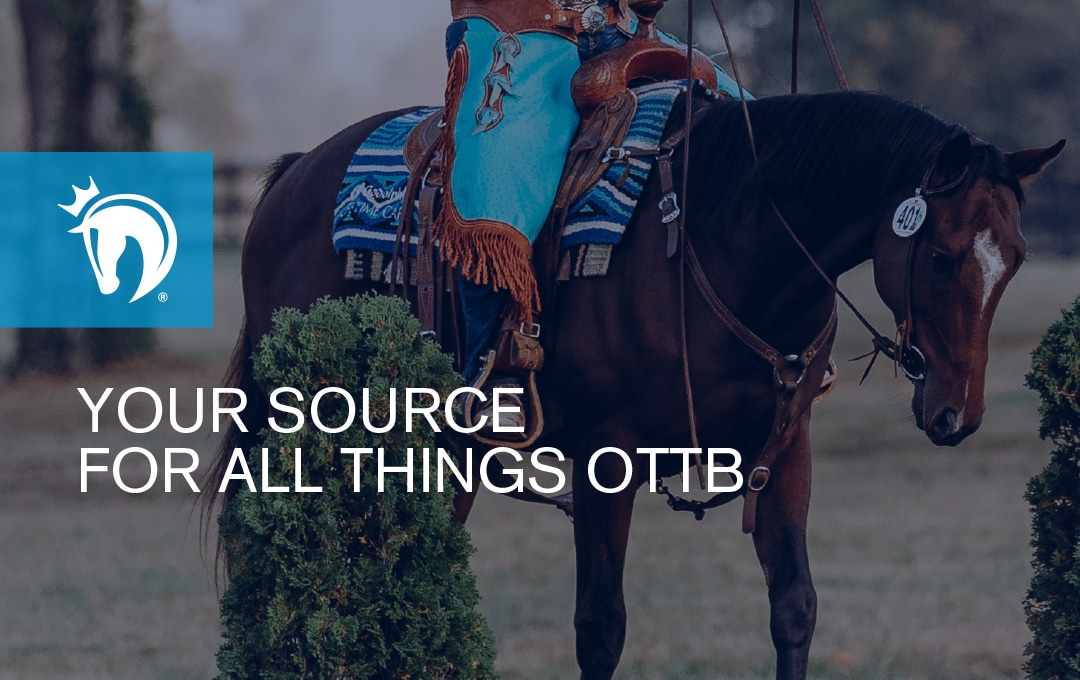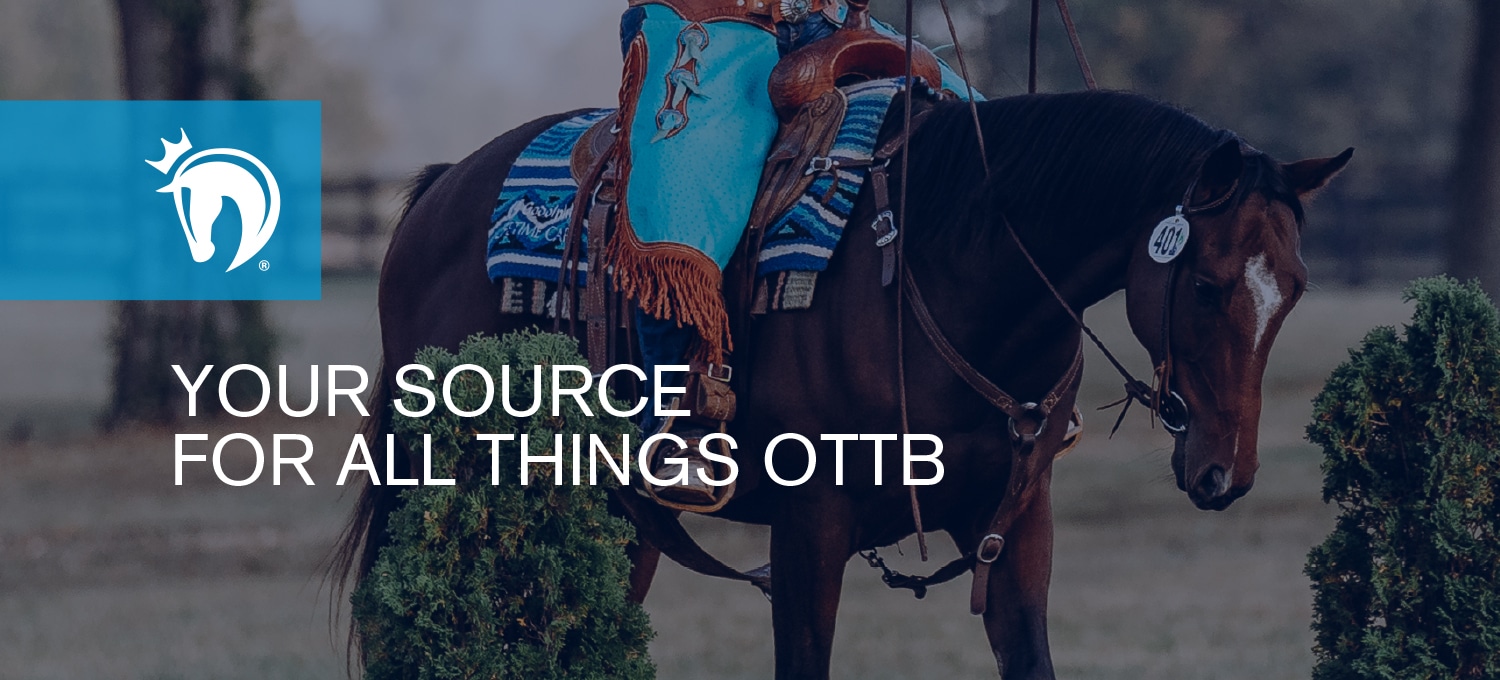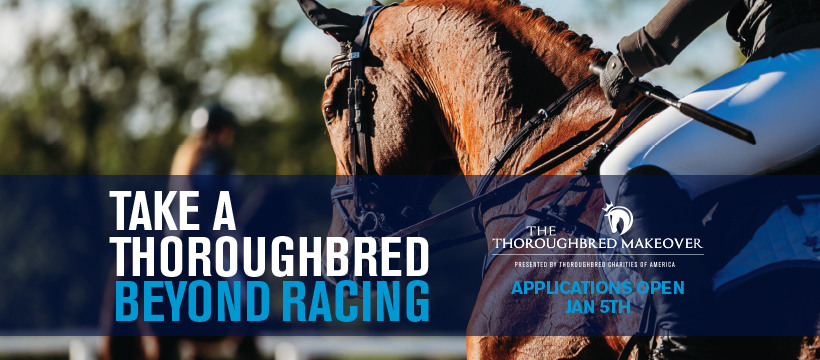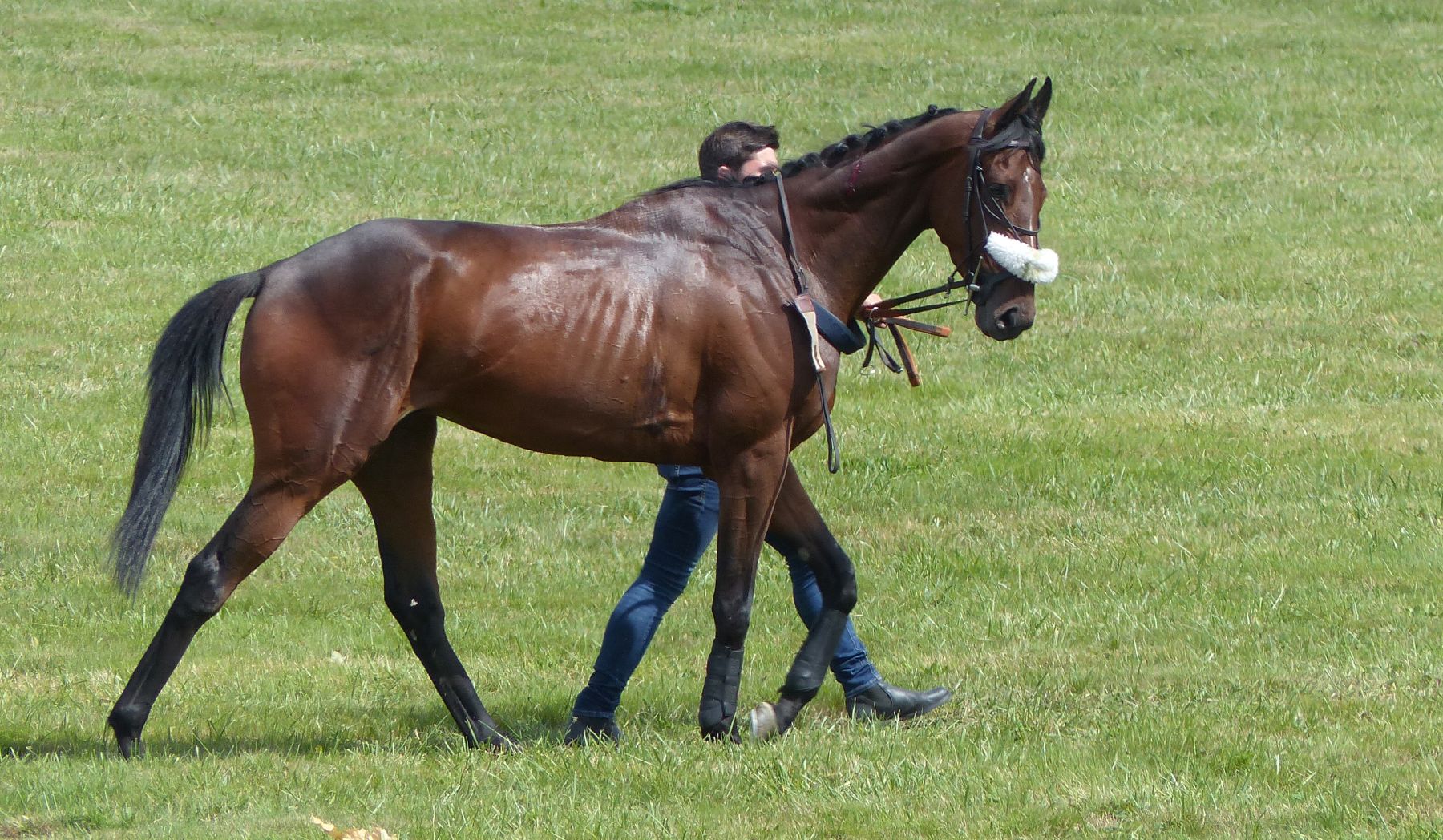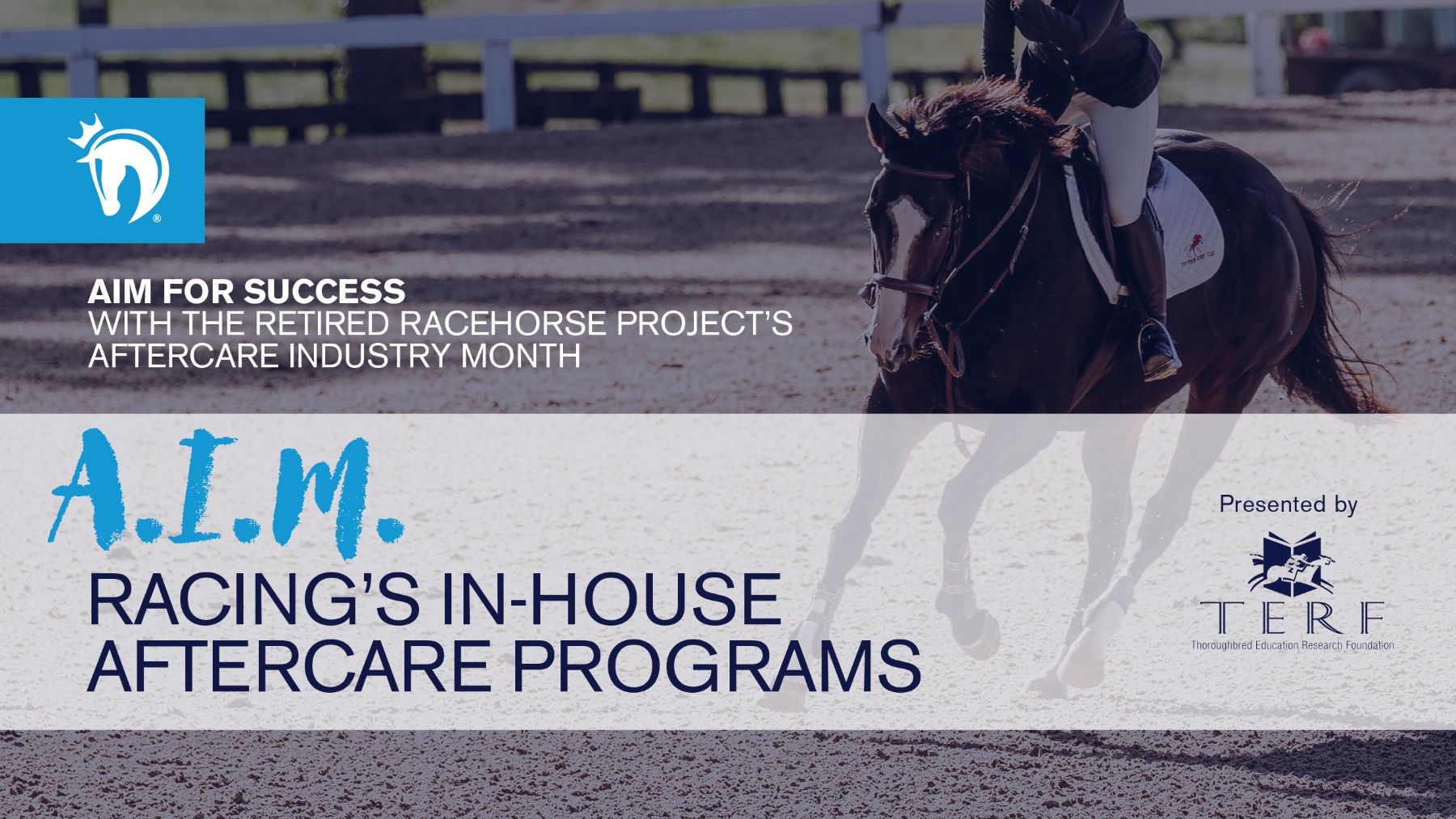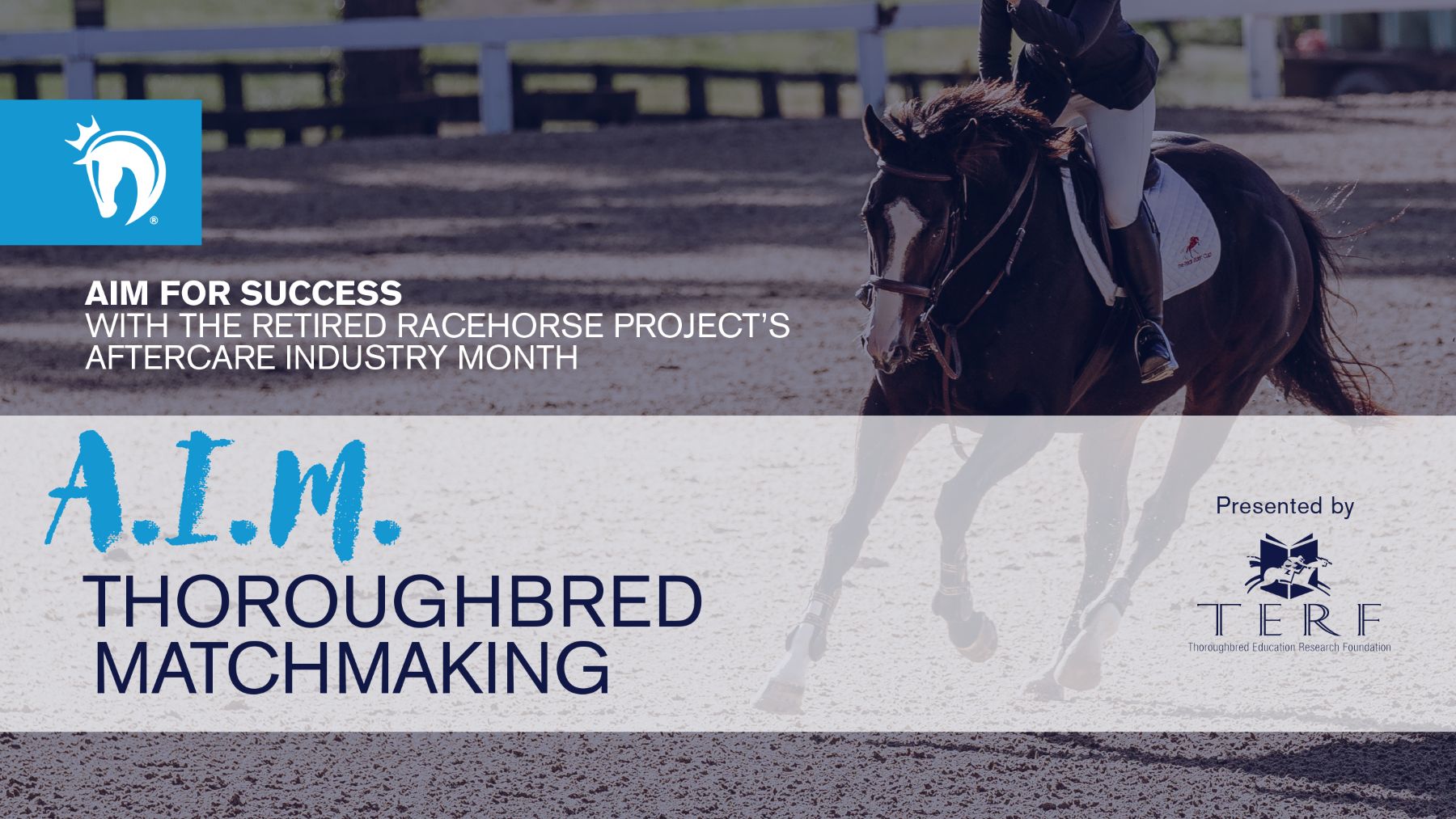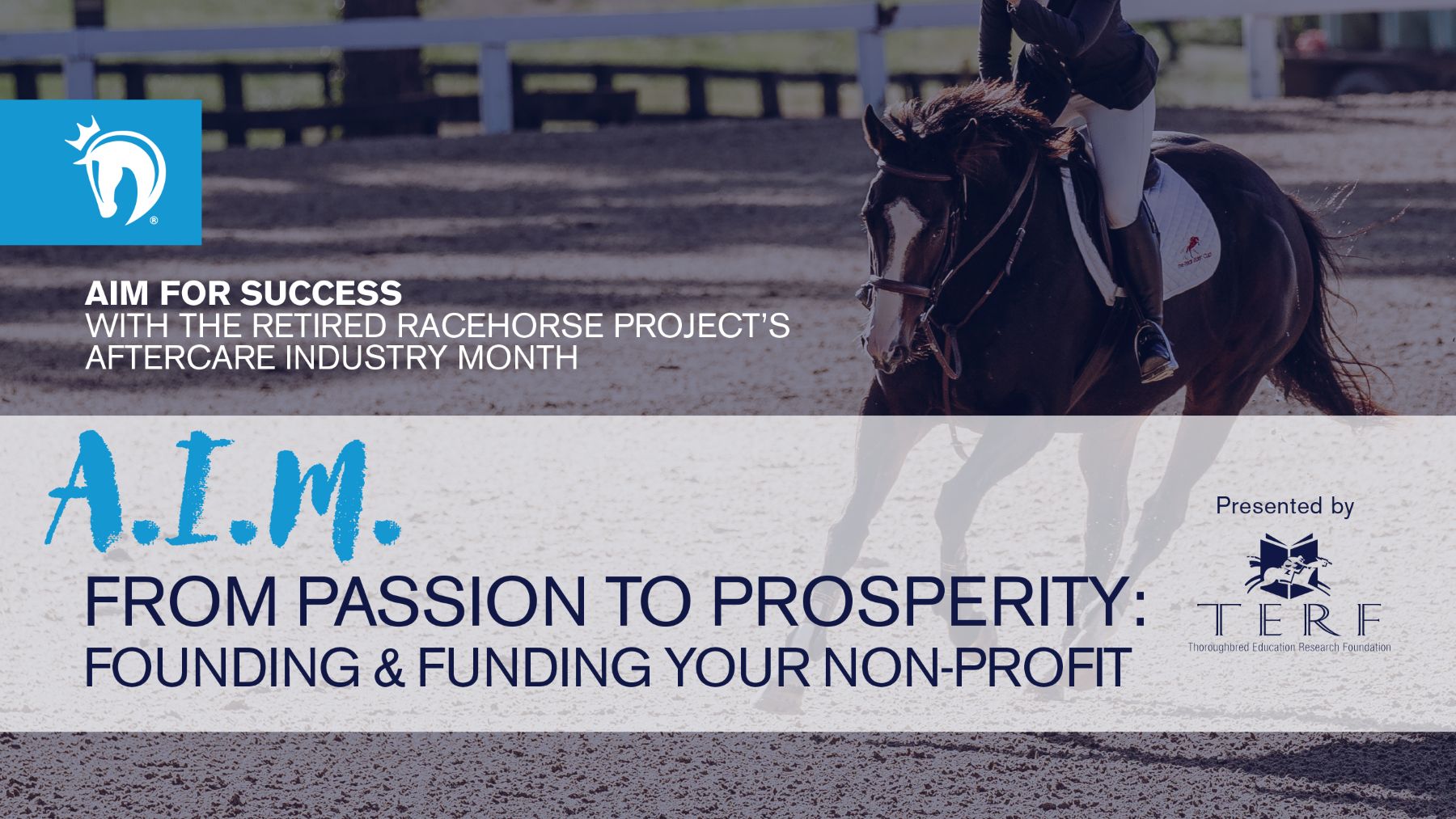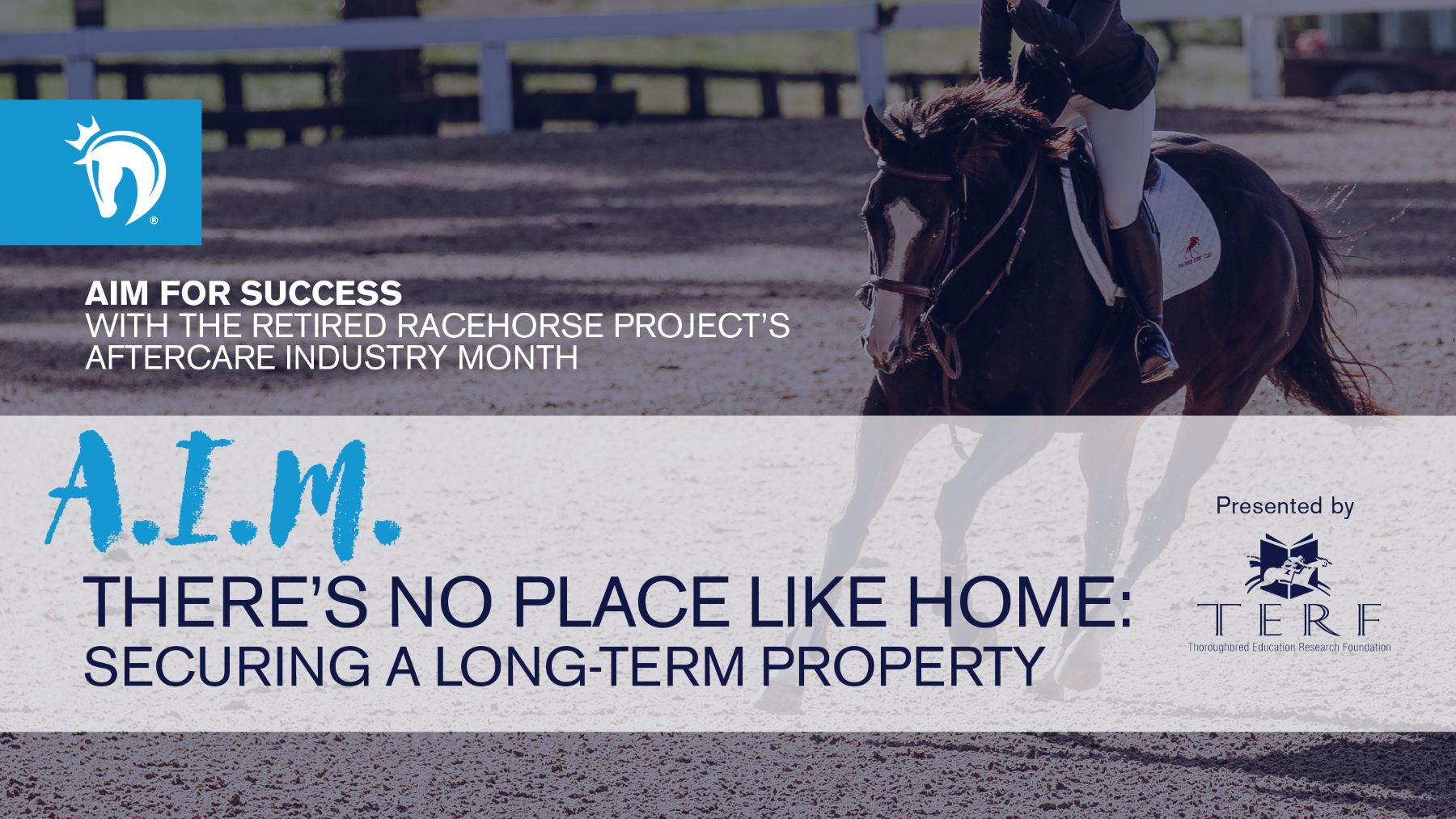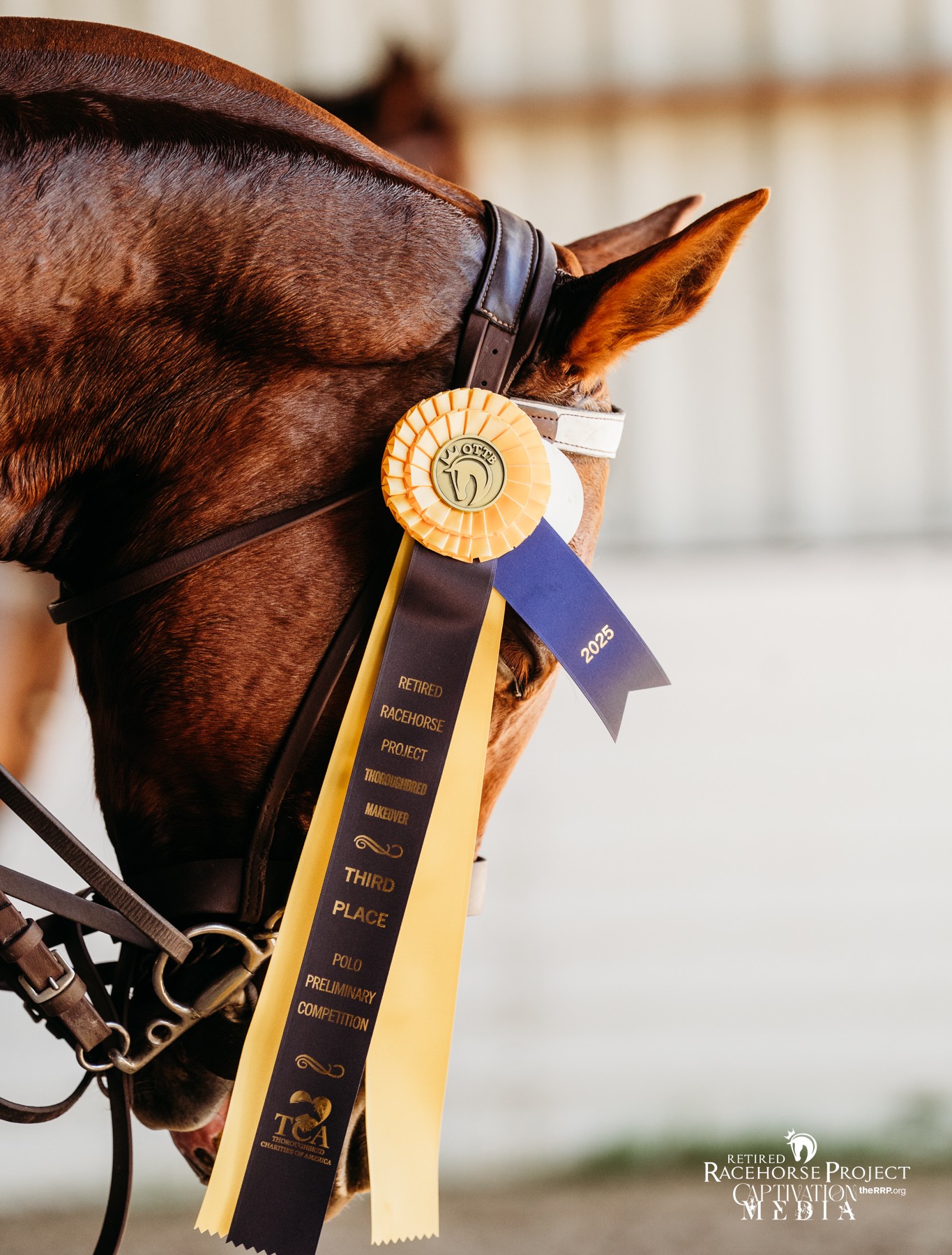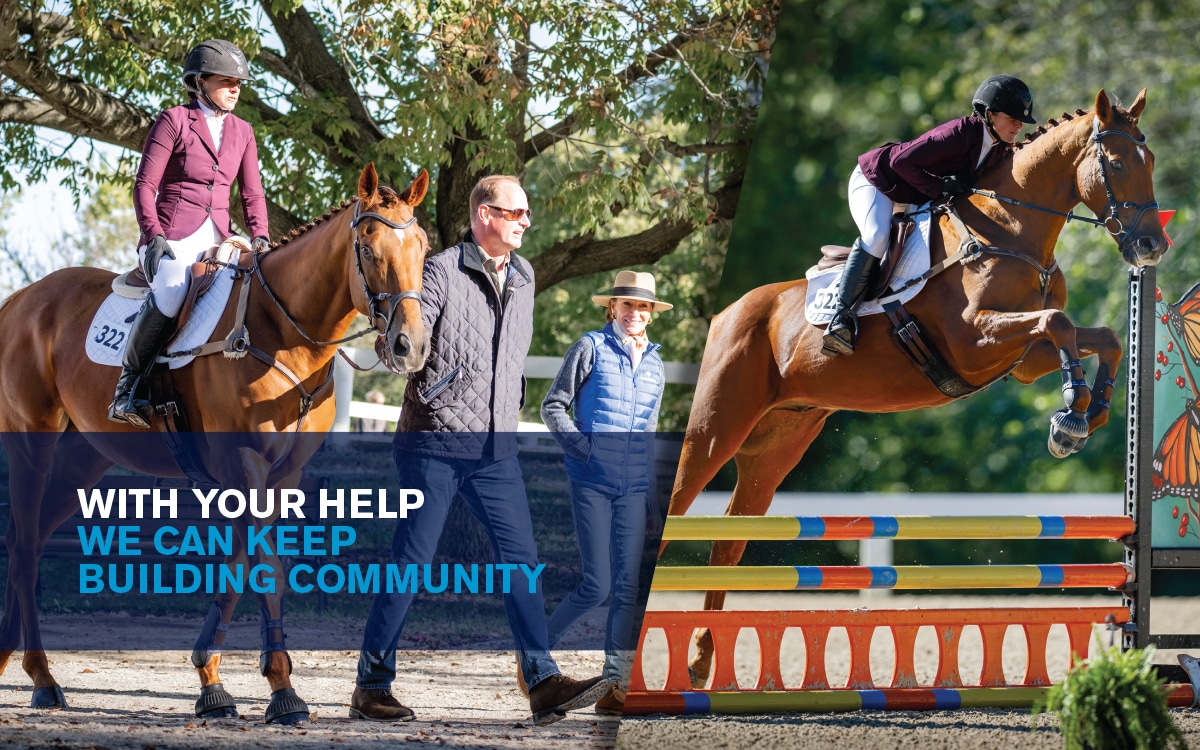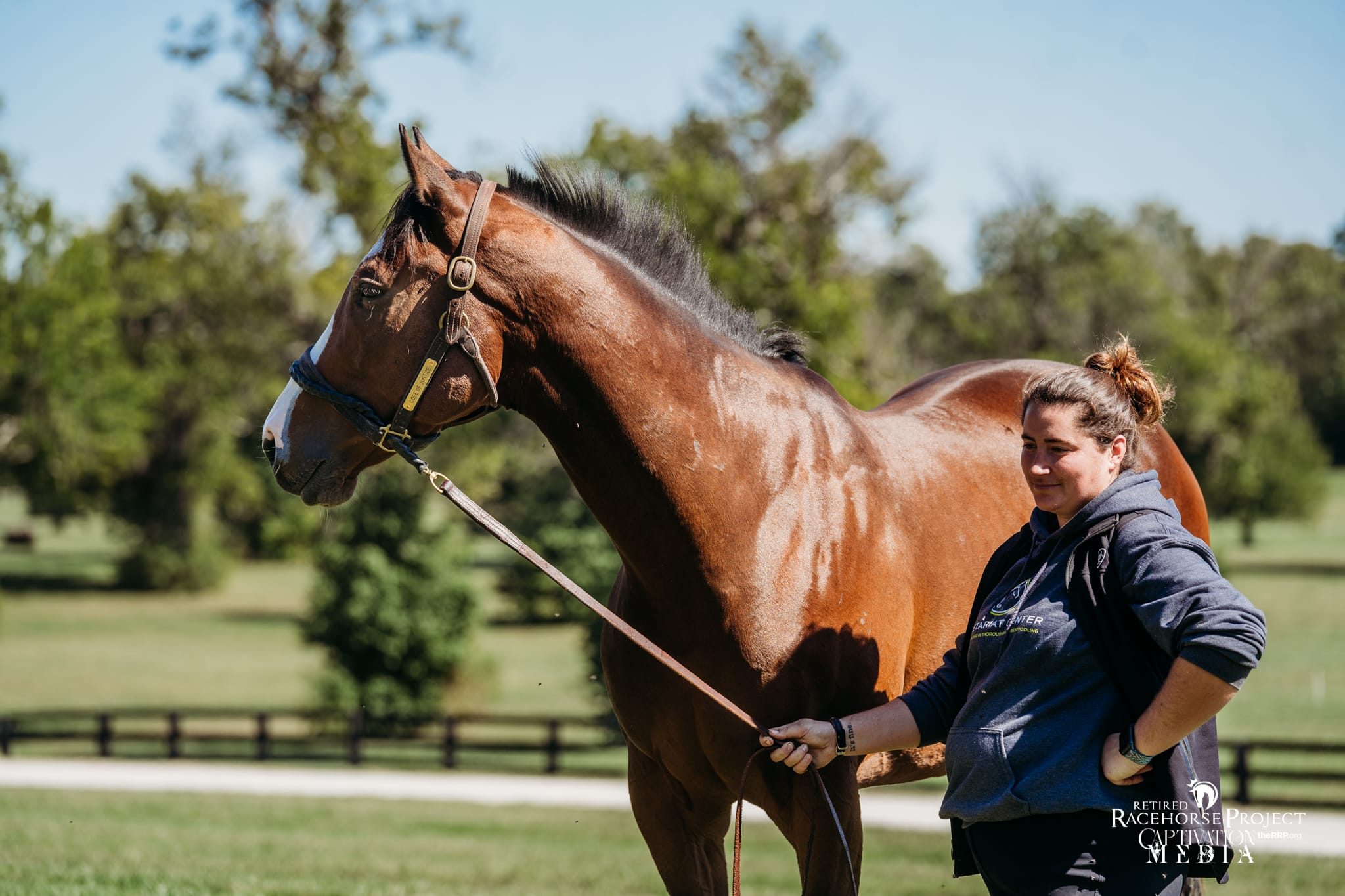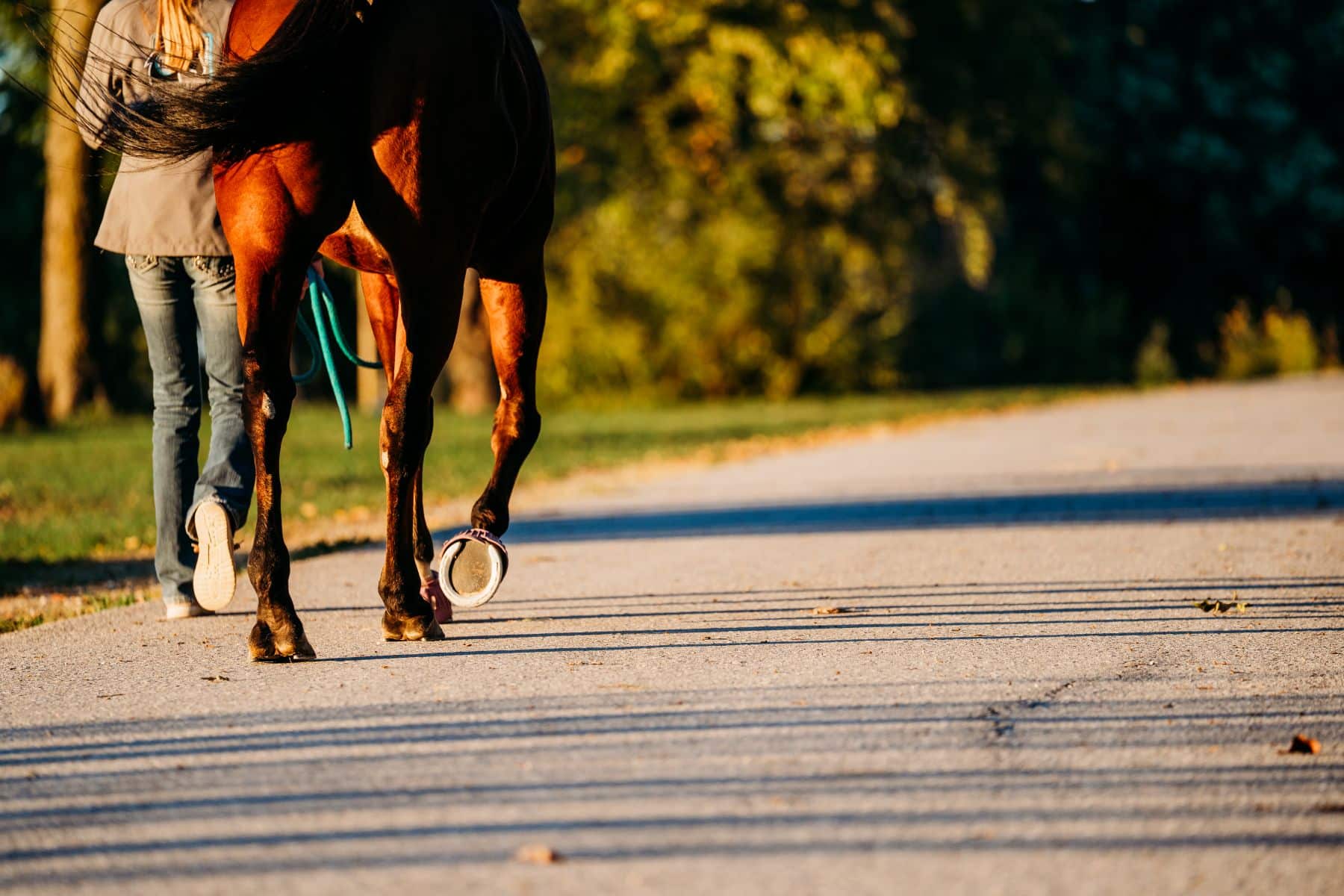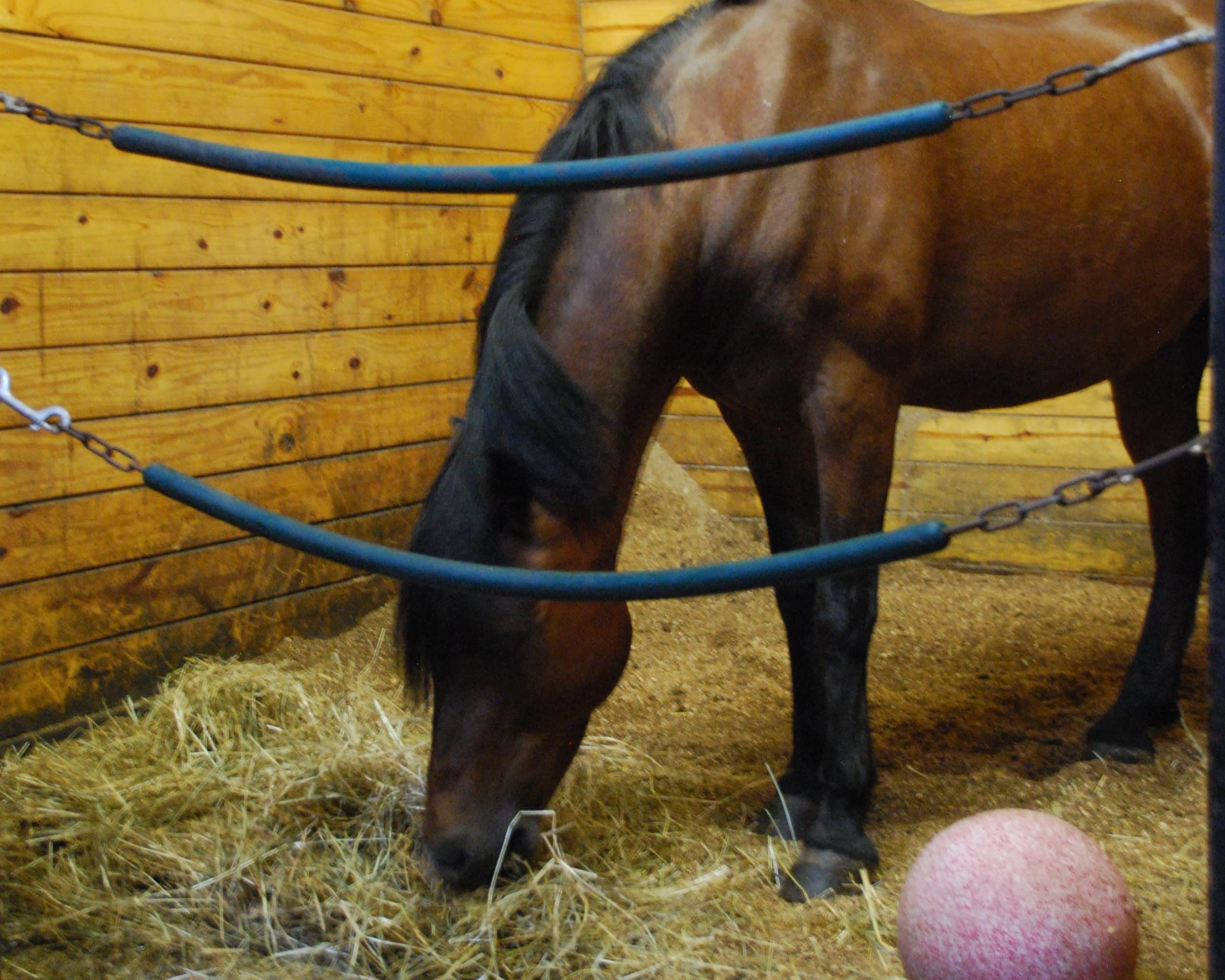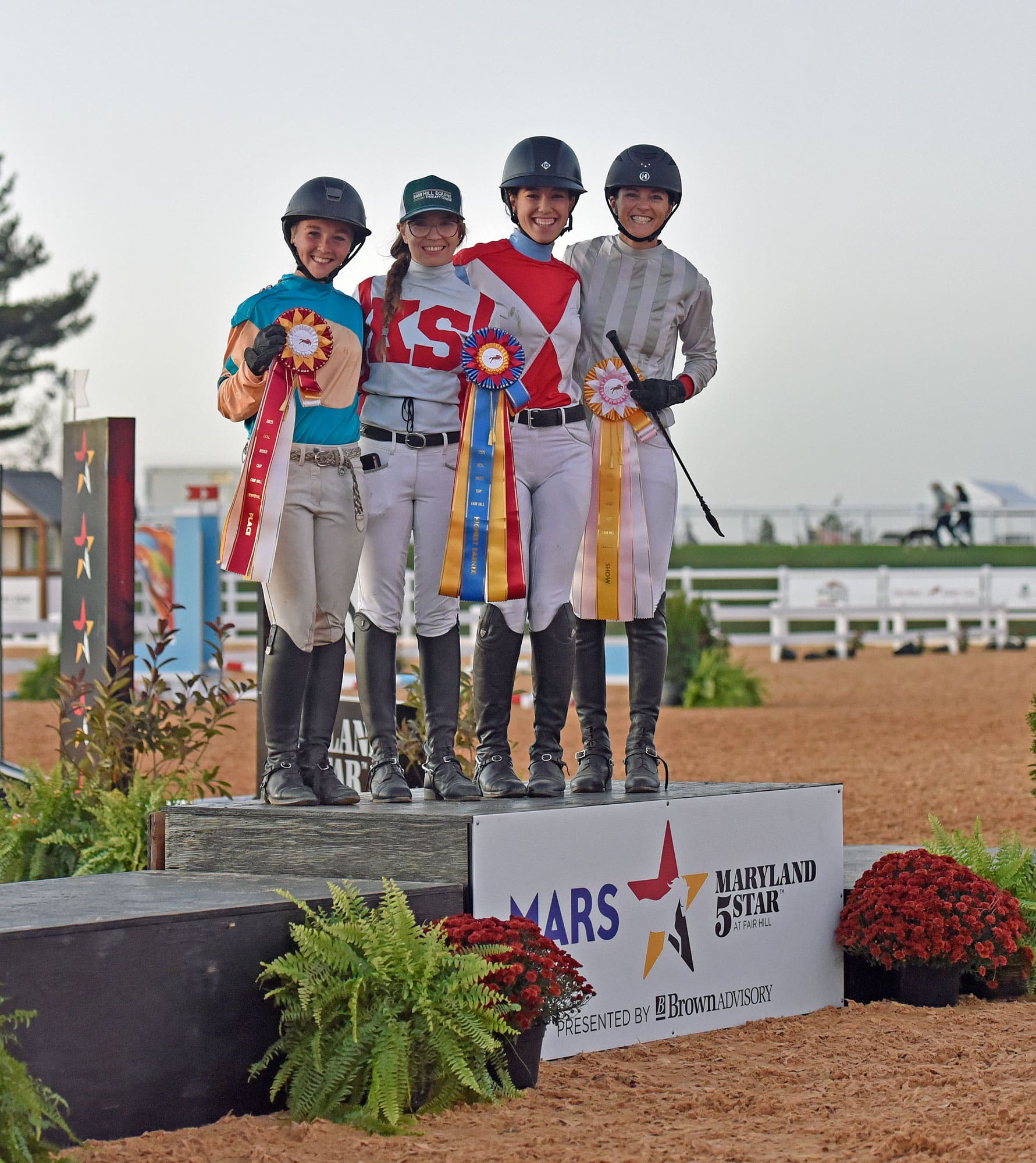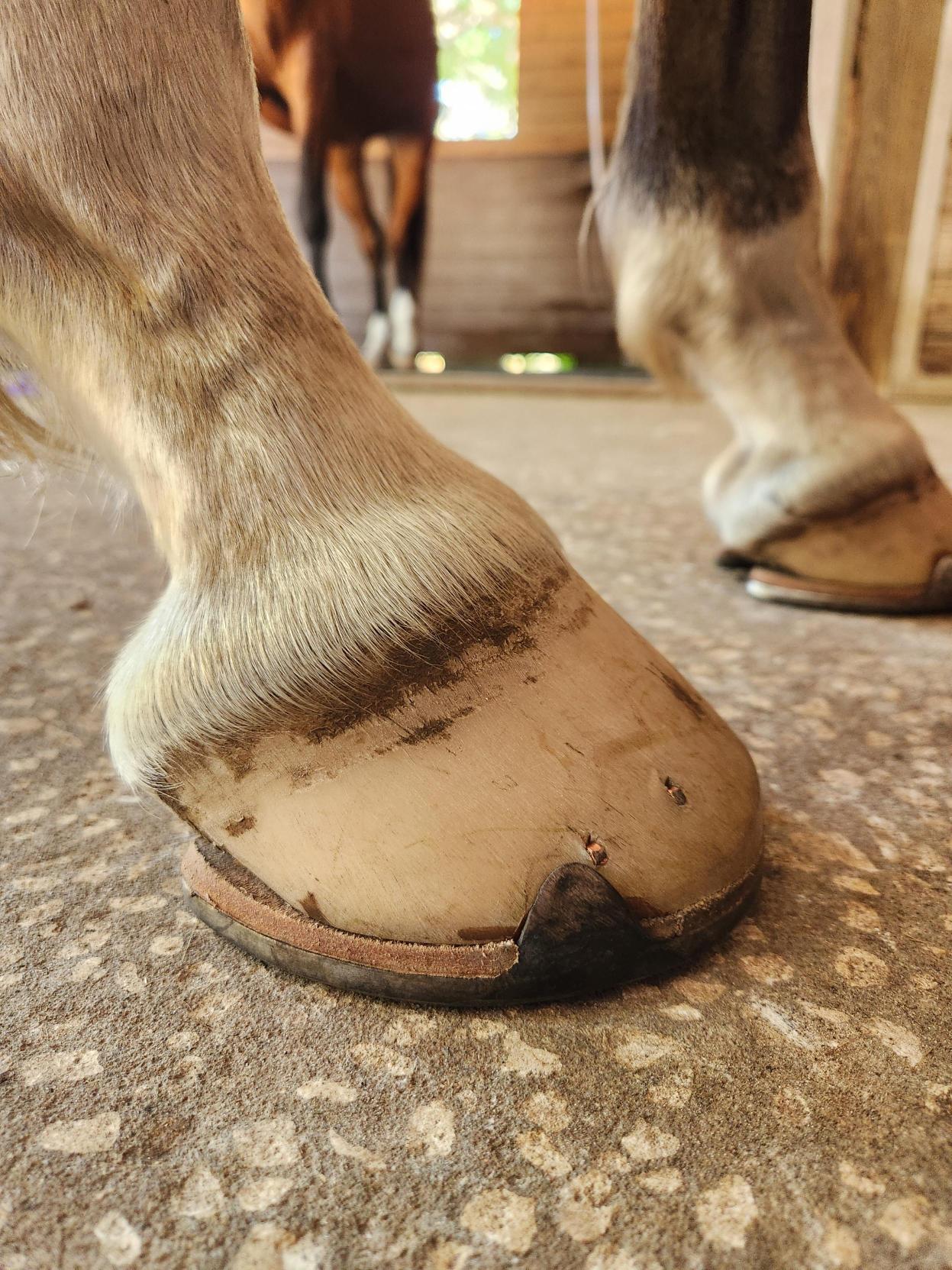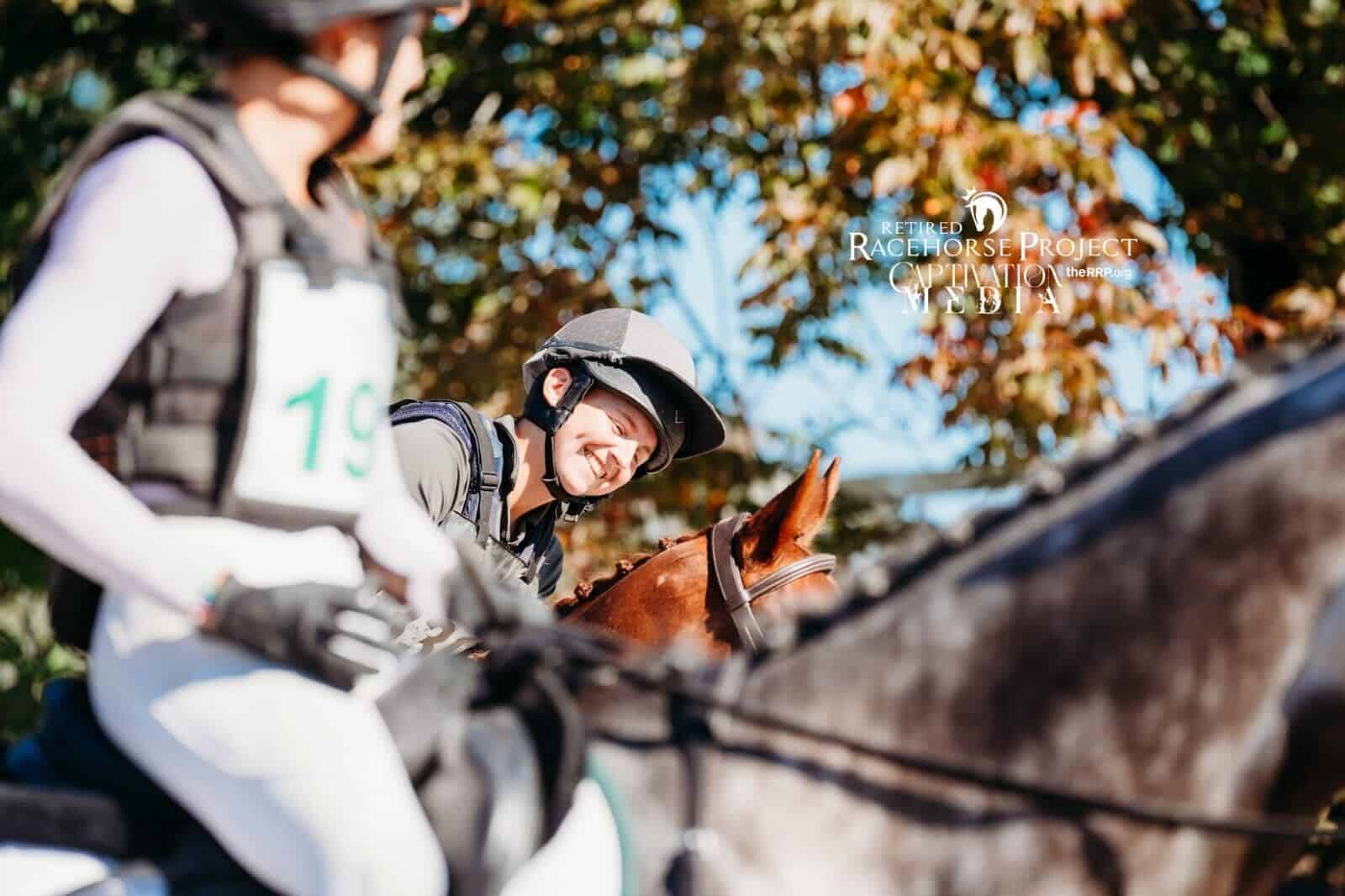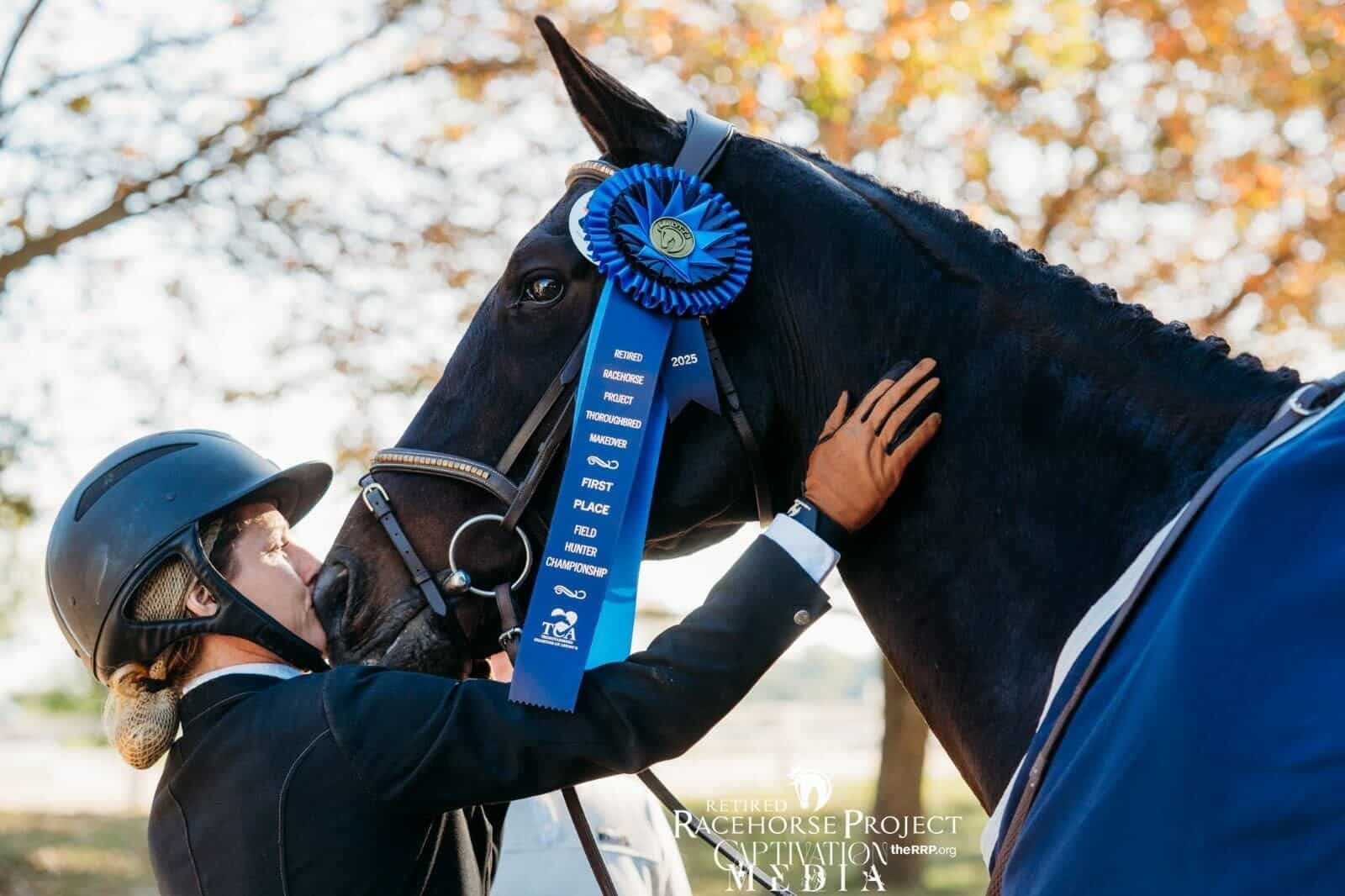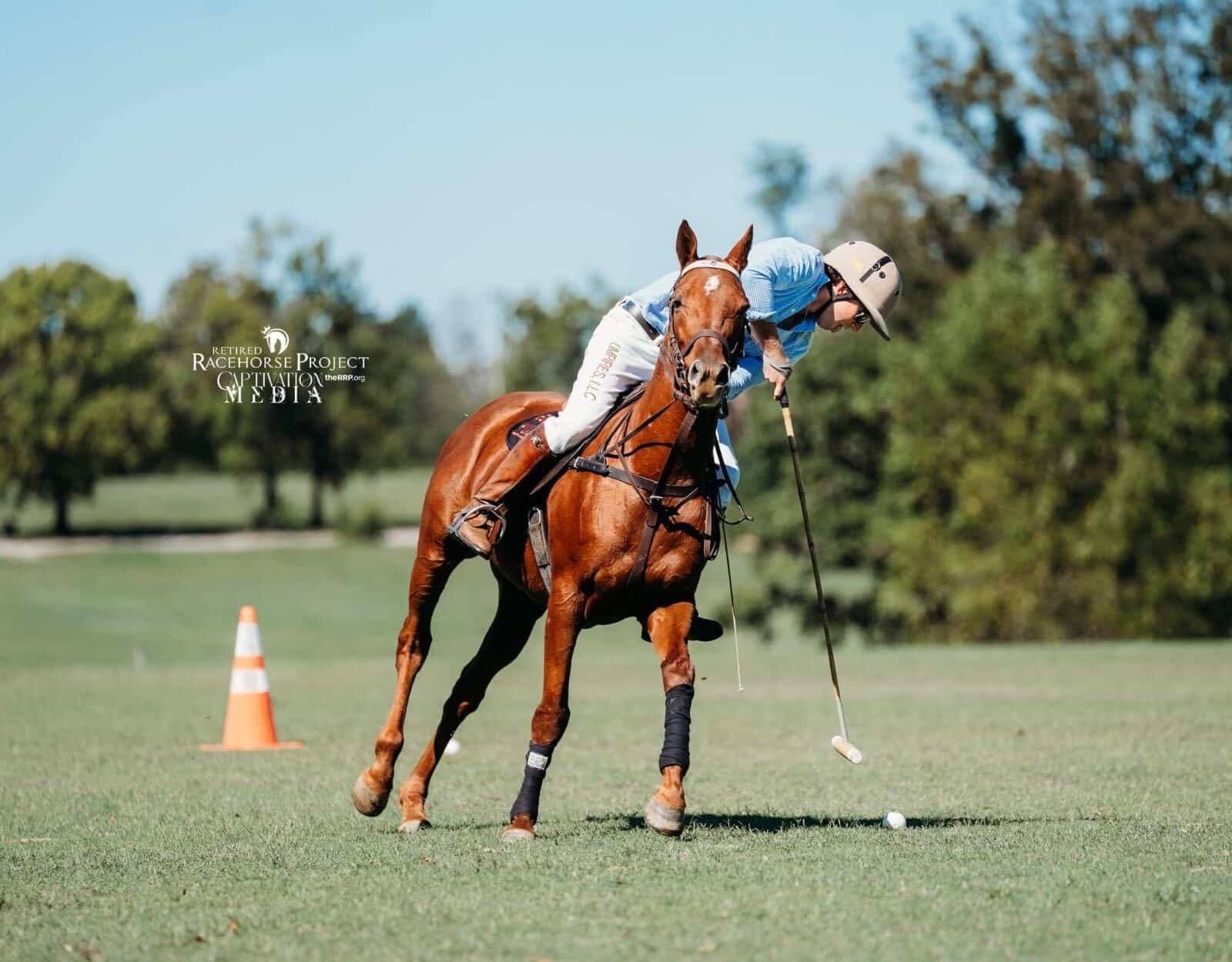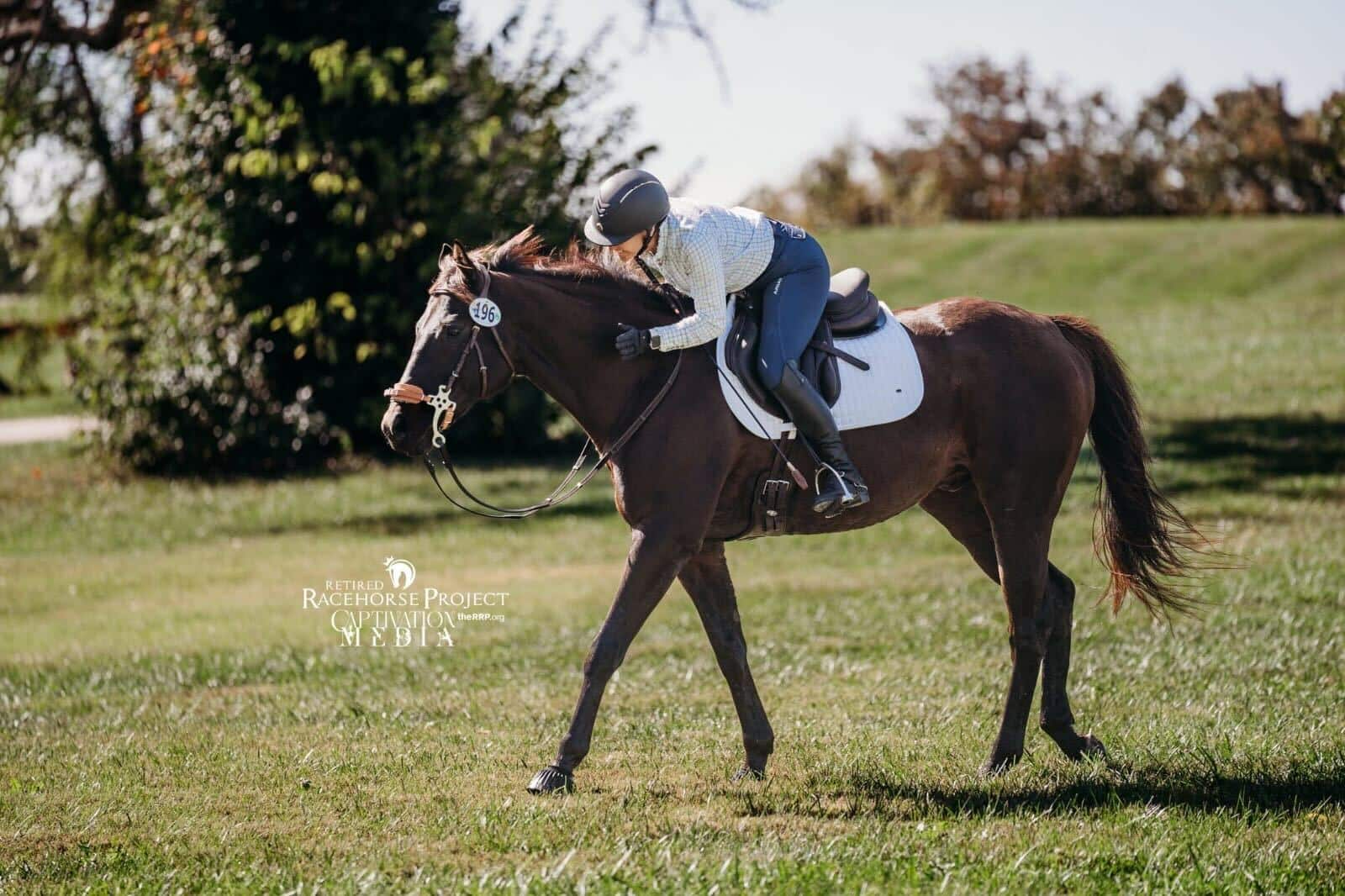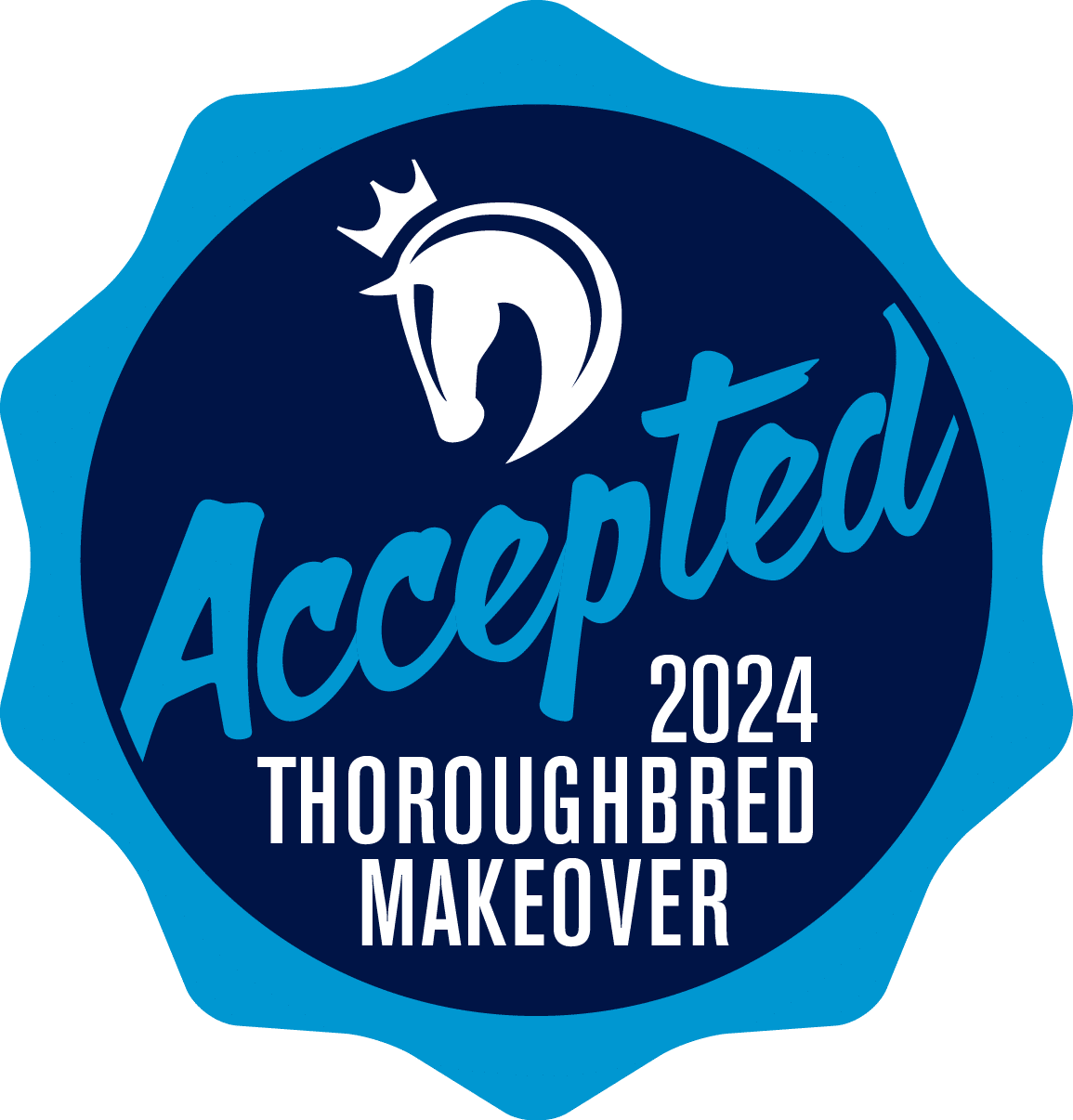The Thoroughbred Makeover Class of 2019 is Set
September 04, 2019Here’s how the field of entries emerged over the last eight months:
- December 1, 2018: horses were eligible to start retraining for the 2019 Makeover
- December 15, 2018: trainer applications opened
- The field of 673 accepted trainers was announced on February 1, 2019, the second-highest number of accepted applicants in the event’s history
- Trainers had until August 1 to designate the horse(s) they intended to compete, and in some cases, may have switched their entries. As a result, 589 horses have been in training for the Makeover over the last eight months
- At the close of final entry, 474 horses were registered for the competition. Horses (especially green horses) being the way that they are, we do anticipate some additional scratches in the final weeks before the Makeover. We expect to see around 400 Thoroughbreds competing in Kentucky
Let’s take a closer look at the horses entered!
Disciplines
Ten different disciplines are offered at the Makeover, and horses can compete in up to two disciplines.

Height
The majority of entered horses fall into the 16.0-16.3 hand range with a few notable outliers: our shortest entry Hebeafortunateson is 14.1 hands, while Cocos Eddy will tower over us all at 18.1 hands!

Color
As expected from past years’ trends, well over half of the horses at the Makeover will be bay. Keep an eye out for Painted Patchen, a rare white horse — yep, he’s registered white with the Jockey Club!

Gender
Geldings make up the majority of our entries. Four horses were listed as stallions at registration.

Year Foaled
The minimum age for a Makeover contestant is three, but once again, the four- and five-year-olds are the most popular age group. Don’t write off those older horses though — there are 34 horses who were foaled in 2009 or earlier, which makes them eligible for the “Iron Horse Award.” Our two oldest horses are coming into their second careers at the age of 14: Worthy of Wings and St. Patrick’s Rib were foaled in 2005!

Where Entrants Were Bred
Kentucky was the birthplace of a solid third of the 2019 field, as expected. A total of 28 states and four provinces are represented, as well as Ireland and France.

Prominent Sires
We always love looking at which of the breed’s stallions are represented — many of those we see over and over again are racing’s top sires, of course, but some lesser-known names often crop up, which can indicate both regional popularity as well as recognition of ability to sire sport horses. Eighty-eight sires are represented by two or more entrants.

Additionally, 19 of the top 20 leading sires of 2018 are represented — only City Zip is missing.

Six dams are also represented by more than one entry: Bald N Blue (Nathan O’Blue and Strive To Be Happy), CoCo Vive (CoCo Mon and Cocos Eddy), Cozinneta (American Colossus and Big Blue Arrow), Lavender Twist (Andouille and Extreme Justice), Mommie’s the Boss (Mammie’s Treasure and Put the Boss Back), and Shanghai Rose (Kovarro and Shanghaied).
About 49% of Makeover entrants were sold at public auction, bringing an average price of $61,959. Take a look at the highest auction prices paid:

Racing History
On average, Makeover entrants raced 21 starts with two wins, and average career earnings of $59,570. In total, entrants started 10,133 times, with 1,158 wins and over $28 million in total earnings.
To be eligible to compete in the Thoroughbred Makeover, a horse must have been in training to race and must have at least one published work, and for about six percent of our Makeover entrants, that’s as far as they ever went in their racing career. Of those who did race, entrants break down into three groups: 34 percent had 10 starts or fewer, seeming to indicate that while they showed enough promise to start, they proved to be not suited for the job. Another 36 percent were successful enough to keep running for awhile, notching between 11 and 30 starts. Twenty-four percent raced more than 30 starts, with 11 percent achieving “war horse” status with 50 or more starts.


We usually tend to think of the OTTB as a horse who wasn’t particularly successful on the track, and we suppose that you could say that’s true with 68 percent earning less than $50,000 in their careers. But 17 percent of this year’s entrants were quite accomplished, earning more than $100,000.
We’re excited to see multiple graded stakes winners including Samraat and Mr. Hot Stuff, graded stakes placed Braveman and Virtual Machine, multiple stakes winners Jersey Justice and Parker’s Project, stakes winner Gung Ho, multiple stakes placed Flash McCaul, and stakes placed Future Express, Crushin Hard and Berry Loud.
Here are our highest earners heading to this year’s Makeover:

How Makeover Entrants Were Acquired
We’re always interested to see how our Makeover trainers obtain their horses, as this represents the crossroads of the racing and sport horse worlds and can indicate how those worlds are working together.
On average, Makeover entrants, as of August 1, have been off the track for 12 months. About two-thirds of trainers purchased their horses, while the other third obtained their horses for free. The average purchase price across all entries was $1,960, which is up from $1,200 in 2018.
About 55 percent of horses were acquired straight from the track, with about a fifth of those coming through an off-track listing organization or individual. Out of the horses obtained after they had left the track, about 40 percent came through a reseller. Other sources include independent non-profit organizations, such as New Vocations, or track-based after organizations such as New Start or Turning For Home. Ten horses were reported as “self rescues” from feedlots or auctions.
Our top five non-profit sources for horses:

It’s fascinating to see the tracks from which Makeover horses retired. As expected, they tend to be lower-tier tracks populated by runners reaching the end of their careers. These numbers also indicate where programs such as New Start, based at Penn National, or Finger Lakes Finest, based at Finger Lakes, are having an impact.
The top ten tracks where entrants last raced:


